The table below provides you with a brief explanation of the differences between a sprain and a strain. We've also found a video (below) that you might be interested in watching for further information.
| Sprain | Strain |
| A stretch and/or tear of a ligament that connects bone to bone. | Injury of a muscle and/or tendon. |
| Can be caused by direct or indirect trauma to the area. | Caused by overuse or inadequate rest between exercise and use. |
| Generally associated with joint pain and lack of mobility. | Can cause pain to the actual strained muscle as well as surrounding muscles. |
| Symptoms include pain, swelling and bruising. | Symptoms include pain, muscle weakness, swelling and muscle spasms. |
| Commonly occurs in ankles, wrists, fingers etc. | Commonly occurs in calves, hamstrings, biceps etc. |
- Rest
- Ice
- Compression
- Elevation
We do recommend, however, that in the event of any injury, that you seek opinion and treatment advice from a health practitioner, such as your local Myotherapist.

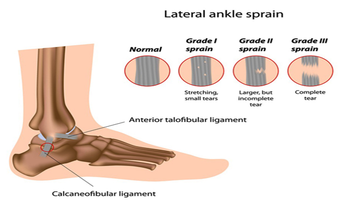
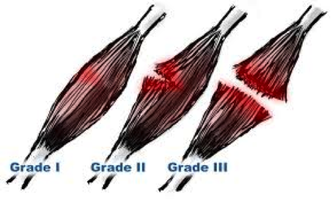
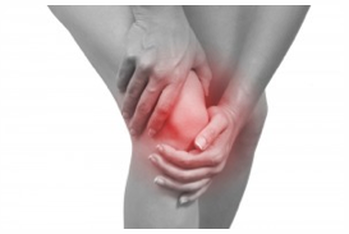
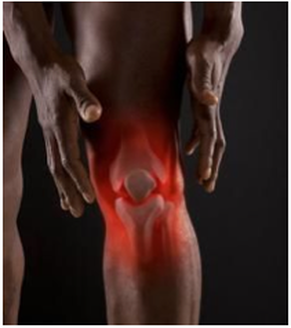
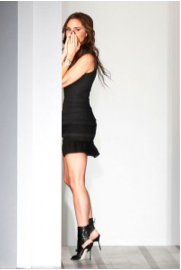
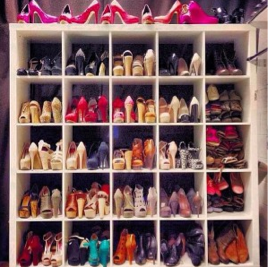
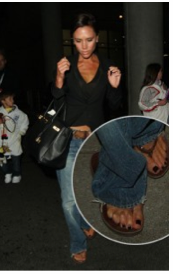
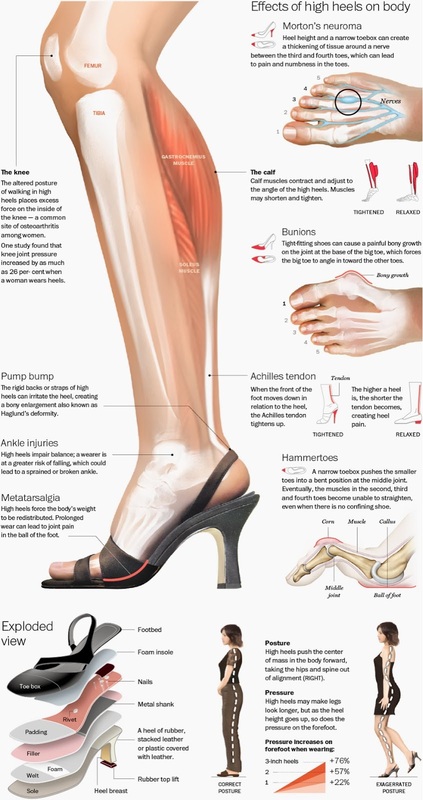
 RSS Feed
RSS Feed

















